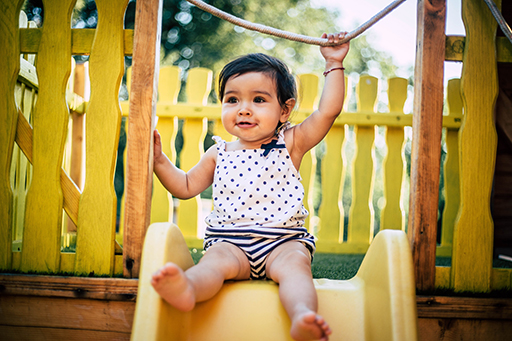2 Benefits of physical activity
There has never been a more pressing time to support the development of young children’s movement with the aim of them engaging in physical activity for life.

Rising obesity levels, coupled with ever-younger children favouring technology use over outdoor play means that almost one third of 2–15-year-olds in the UK are classed as overweight or obese (Oliver, 2016). This figure is predicted to rise to 66% by 2050 (Government Office for Science, 2007).
More specifically, in reception classes alone, 22.6% of children in England were considered overweight or obese in 2018/9 (Public Health England, 2019). The decline of outdoor play during childhood can be associated with reduced physical activity (Slutsky & DeShetler, 2017) and competence when it comes to fundamental movement skills (FMS) (i.e. the ability to complete foundation/basic locomotion, manipulation and stabilisation skills used in play and everyday life).
Indeed, a recent Active Lives Survey (Sport England, 2019) highlights that schools are not providing adequate opportunities to achieve the UK CMO (Department of Health and Social Care et al., 2019) and WHO (2019) recommended 60 minutes of moderate to vigorous physical activity each day, with only 19.6% of ~1.39 million children achieving this target.
The Gateshead Millennium Study (n.d.) also found that there was a drop in physical activity levels at 7 years of age, which is concerning for both physical and mental health, children’s learning, socialisation and motivation to partake in physical activity across the life span. As you will see across the coming weeks, fostering a culture within early years settings where children are encouraged to be active and subject to positive movement experiences throughout the day (Agans et al., 2013), could lead to a movement culture that achieves these targets.
As young children progress towards school age, much emphasis is placed upon the ‘core’ subjects of phonics, reading, writing, and mathematics. Whilst becoming literate in these areas is undoubtedly important from a quality-of-life perspective, being physically active and developing ‘physical literacy’ is the only literacy that can have a direct impact on health and life expectancy. Physical literacy can be defined through combining movement competency elements and the psychosocial and cognitive elements of the definition:
The motivation, confidence, physical competence, knowledge and understanding to value and take responsibility for maintaining purposeful physical pursuits/activities throughout the lifecourse.
(Whitehead, 2013, p. 28)
While physical literacy may not be achieved in the first five years, this definition does stress the important role early years practitioners and parents have in supporting the development of movement opportunities. This can ultimately lead to competence in physical skills as well as the confidence and motivation to engage in physical activity long term, be ready to manage the school day, and independently achieve physical tasks.
-
Are the obesity levels and physical activity statistics given in this step similar to those in your country? How and why are they different?
